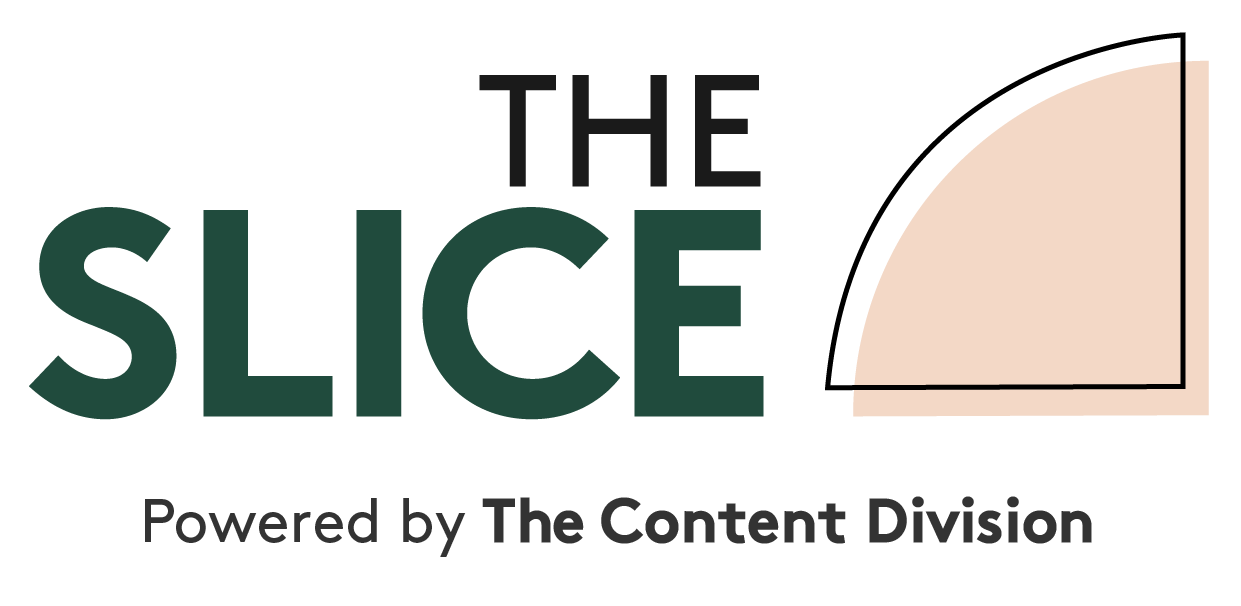
If you were to take e-commerce fashion website THE ICONIC at face value, you may view it as just another online store responsible for melting down the credit card balances of the legion of shoppers chasing the best clothing and shoe deals on the internet.
Same old same old, right? More pants, shirts, skirts and sweet kicks than I could ever arguably buy served up at the tap of a finger.
To view the business as just another e-commerce portal would be a misstep.
For those willing to take a look behind the clicks, the shoes and the clothes that leave their warehouses on any particular day, THE ICONIC is an exceptional brand and a business growth powerhouse that has put data – and their people’s access to it – at the centre of their culture.
But to label them a data-driven business misses the mark, says the company’s head of analytics and data science, Kshira Saagar.
Kshira (pronounced Sheera – the K is silent) insists THE ICONIC doesn’t view data as something to be put on a pedestal. That “pedestal” kind of thinking, he says, de-normalises the ease with which data can be presented, accessed and acted on. It leads to people thinking of data insights as this complex, unattainable beast owned wholly and solely by the data team.
Instead, the leadership of the business puts the focus on data being exceedingly accessible to ensure employees can use it to make better decisions, apply creativity effectively and to keep the decisions they make accountable.
![]()
The big problem with businesses and their data
“The biggest problem a lot of businesses have with data is how siloed it becomes,” Kshira says.
“Some data scientists would see it as their job to work on segmentation models and that’s it. But if another team needs access or insights, the data scientist washes their hands of it, or says ‘that’s not my job’.
“At THE ICONIC we see everyone as data people, no matter your role. And we present it and code it in a way that anyone can manage it and get what they need from it.”
It sounds like a refreshingly simple way of handling information from a business that would generate mounds of datasets every minute of every day. However while the outcomes are presented simply so staff across the business can understand and take informed actions, Kshira says it was vital to get the hard work done first, and done well.
“You have to set things up with data sources and coding languages that make the whole process easier for the business when it comes to pulling out information and knowledge from the data we collect,” he says.
“It also helps that from the beginning the leadership in the business valued what data could deliver and understood what managing it properly early meant. If we build an algorithm to test or tell us something in the business, it’s not just the data team involved. Marketing, C-suite leaders, data people, warehouse people – anyone can get involved and ask questions and understand the why behind our actions.
“The proof is in the pudding. I can’t obviously give you numbers but THE ICONIC is an incredible growth story. We stretch our goals all the time and we more often than not exceed them. It’s a great story for the business.”
THE ICONIC has millions of images to manage, a highly refined segmentation model, mounds and mounds of customer data sets that dive deep into how and why people buy what they do – and everyone across the business can access them easily and quickly in truly meaningful ways.
But it’s not enough to just collect data for data’s sake.
A 4-step process for making data count
One of the big problems Kshira sees across businesses is a misinterpretation of how data should be stored, accessed, interpreted and acted upon.
It’s not about the database, he says – it’s about data sources.
A database is finite, and can be mishandled and mismanaged – the Wild West of information. Centrally managed data sources, however, bring multiple levels of intelligence to a meeting, to a dashboard build, to a key decision on what marketing teams should do next to have the highest chance of success, or to anything else any person across a company needs to know.
And there’s no hiding from the realities the data presents. There’s no random acts of data from Bob from Sales who has had his database on Rolodex cards since the ‘80s. Those days are done.
But in this process, Kshira says it’s vital people take things past the data to derive information, knowledge and actions. One of the stumbling blocks is having a whole heap of data and thinking that’s it – that’s all I need to be successful.
He suggests thinking of it like this.
- You’re driving your car at 60km/h. The light in front of you turns red. (You now have two bits of data.)
- You now need to derive meaning from that data – the signal in front of you is red and you’re still driving at 60km/h. (You now have some information about your situation.)
- Now you can apply context to the situation – if you don’t stop you could get fined like the previous six times this year or, worse, you could end up in a prang. (You now have all the knowledge you need to make a decision.)
- Finally you can take an action on the back of your contextual information and knowledge. In other words, hit the brakes you maniac.
It sounds simple, but Kshira insists the incidences of businesses making the leap from data to action without considering the information and knowledge that centrally managed data sources can deliver is damagingly common. Equally, businesses that have a stack of data but don’t use them for information, knowledge and action is as much of a problem.
When a business does organise their data this way, it changes some pretty vital questions marketers are asked all the time. Namely, the often loaded question of ROI becomes a whole-of-business question, not just a marketing one.
The other thread it pulls is this one: What data are you sitting on that could be giving you information, vital knowledge and a suite of highly effective actions that could improve your business quickly?
Hopefully it keeps you up tonight enough for you to dive a bit deeper.
But it’s not all roses. Kshira pushes the adage that, “not everything that counts can be counted, and not everything that can be counted counts”. Marketers – especially brand specialists – deal with the blunt end of that statement on a daily basis.
However with an open culture focused on the data, contextual information, the knowledge you gain and the often repeatable actions you can take, the things that count become that much easier to see.
And that sounds like the building blocks of something iconic to me.





